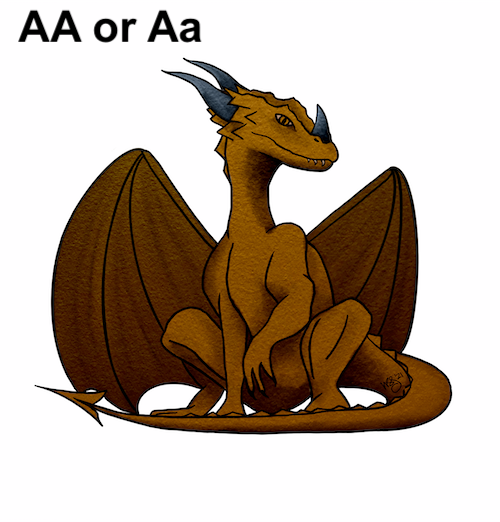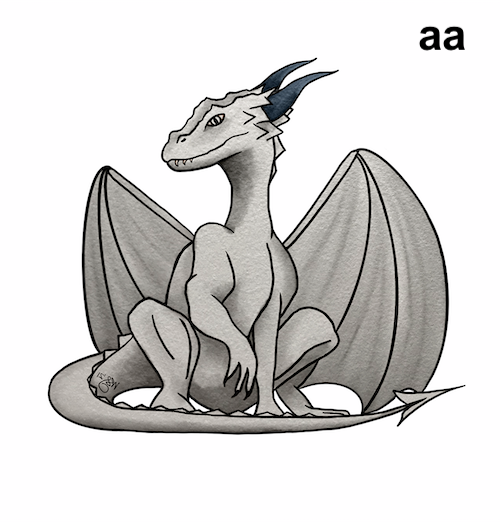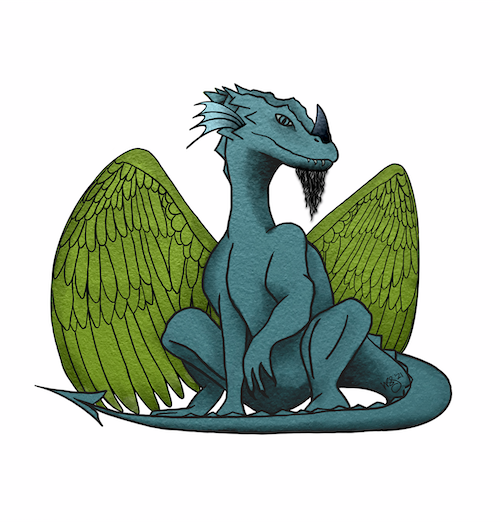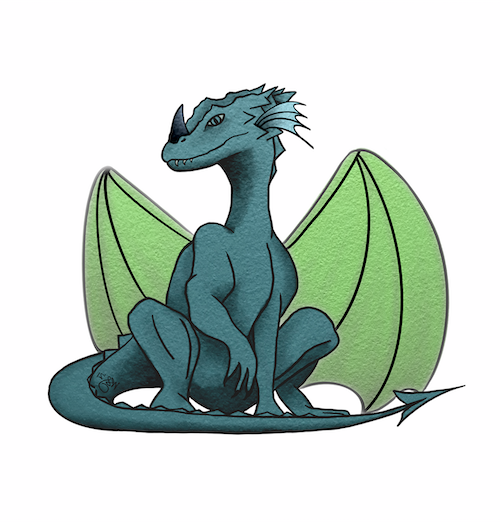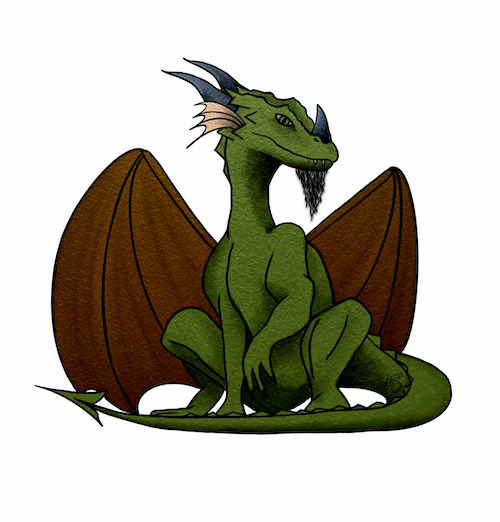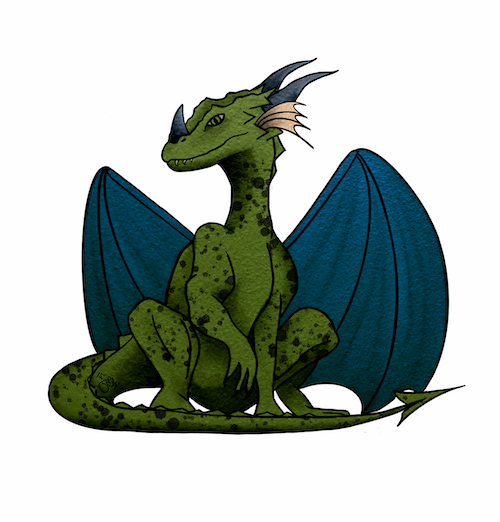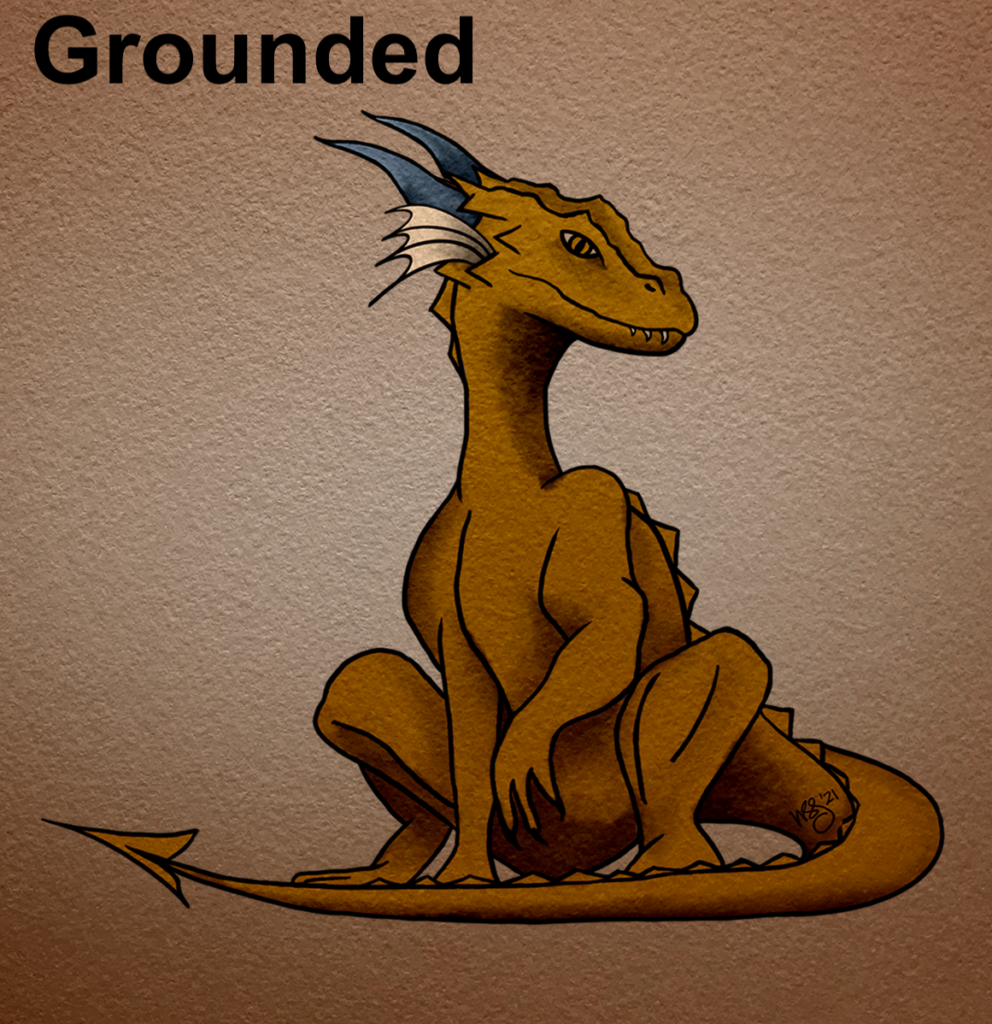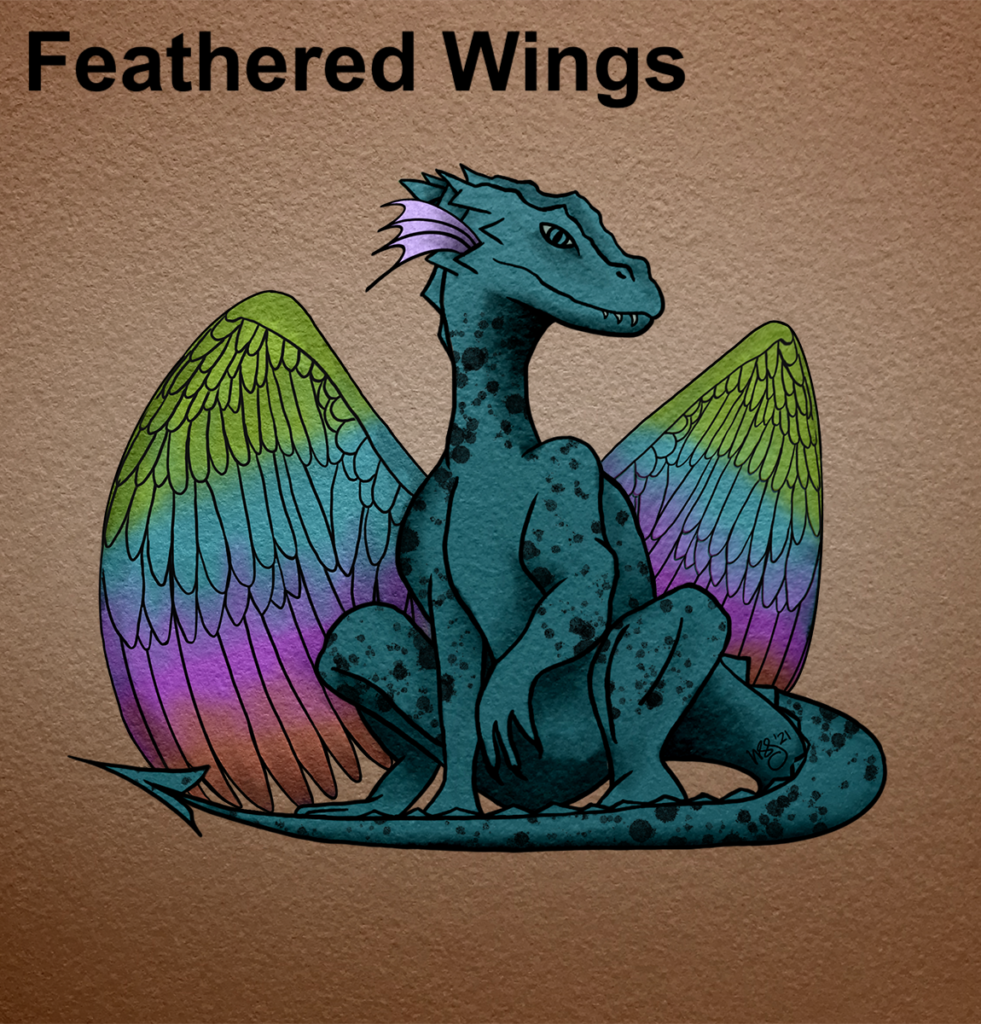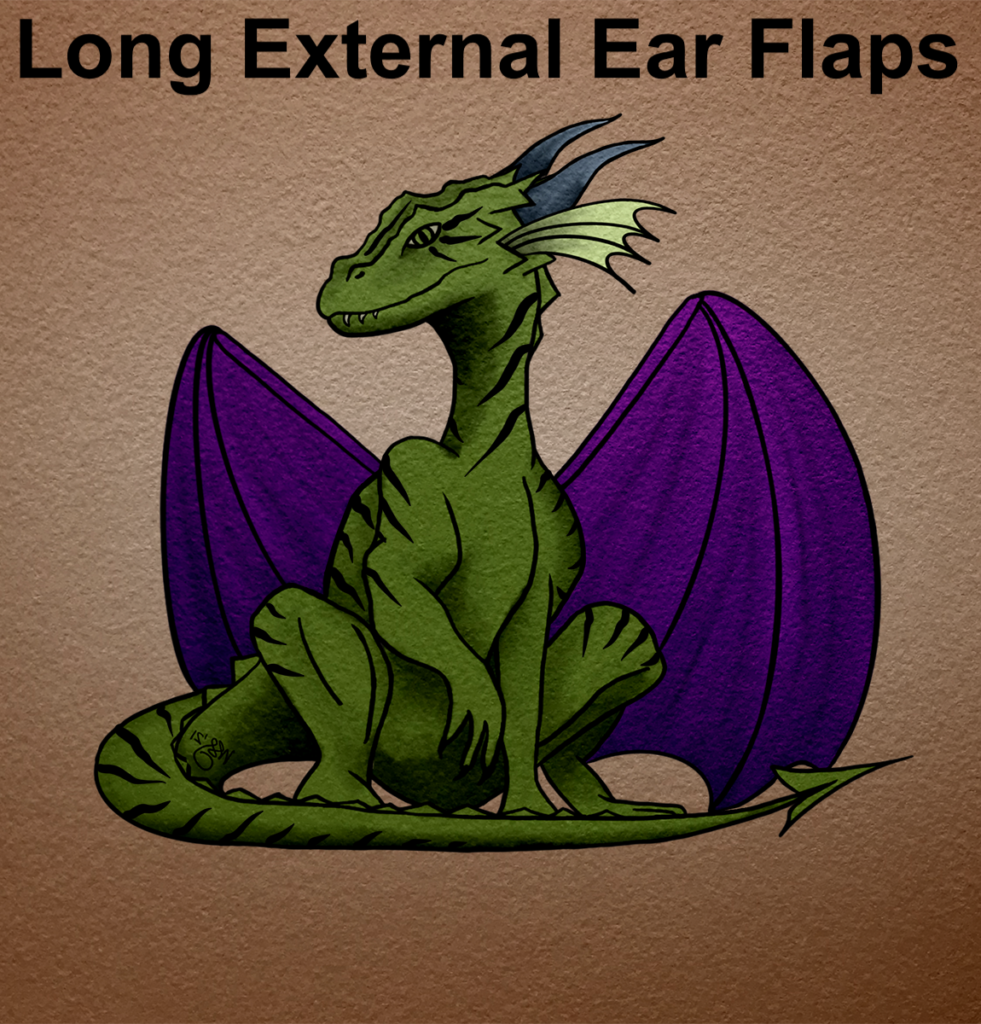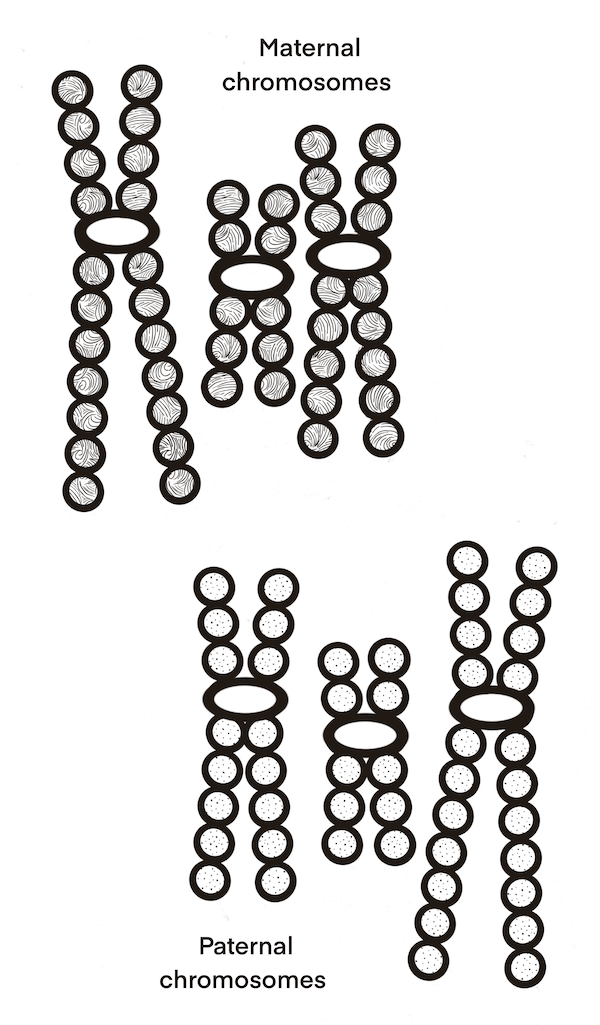
In this activity, you will model the process of meiosis, and compare the number of chromosomes in the resulting daughter cells to that of mitosis, as well as the way meiosis can result in genetic variation in offspring.
Find the pages of chromosomes at the end of the worksheet, and cut out the pairs of homologous chromosomes (you should end up with 6 slips of paper). These chromosomes represent homologous chromosomes for a relatively simple genome (just three sets of chromosomes). Red strands were inherited from the organism’s mother; blue strands were inherited from the organism’s father. The “beads” on each strand represent individual genes that are present on the chromosome. You can manipulate these paper chromosomes to model the process of meiosis.
Activity: Dragon Genetics
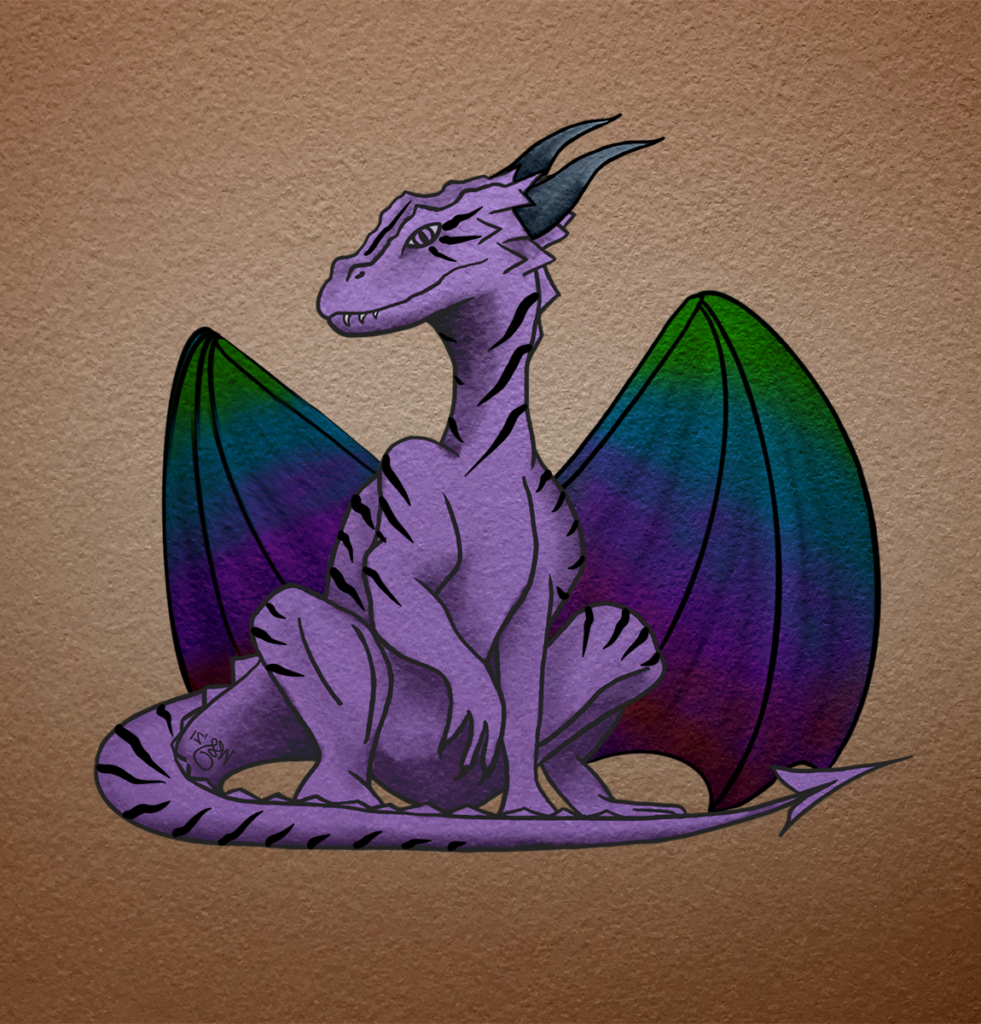
In this activity, imagine that you have recently embarked on a career as a dragon breeder. You will explore various aspects of inheritance and pedigree, and at the end, you will produce a baby dragon (so cute!).
Draconis sirenius is a species of dragon that has twelve sets of homologous chromosomes: eleven sets of autosomal chromosomes, and a pair of sex chromosomes (X & Y).
This species has several characters that are inherited according to the laws of inheritance we studied in class, including
- Body pigmentation
- Horns
- Stripes
- Wings
- Spots
- External ear flaps
- Beard
Punnet Squares
Albinism: Tyrosinase is an enzyme involved in pigment production (in both dragons and humans). Dragons have a single gene that codes for the production of this enzyme, which in turn produces the pigments that give dragons their skin color.
- The dominant allele (A) codes for a normal enzyme
- The recessive allele (a) codes for a defective protein that will not produce the necessary enzyme
A dragon with the recessive condition (aa) will be albino with completely white skin.
Using the information in the worksheet, create a Punnett square to determine the probability that this pair of dragons will have an albinistic offspring.
Leather or Feather
In dragons, the allele that causes dragons to have feathered wings is recessive. This means that the leather-winged allele is dominant.
- W denotes a leather-winged allele
- w denotes the allele for feathers
Using the information in the worksheet, determine the probability that these two parents will produce an offspring with feathers.
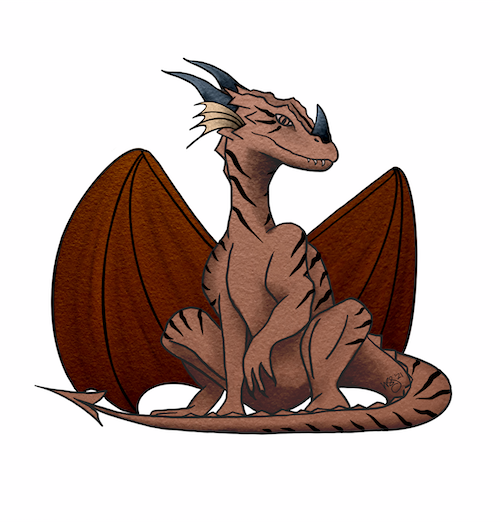
Pedigree Charts
Stripes: Dominant or Recessive? Some dragons have stripes, while others do not. As a new breeder, you aren’t sure which is the dominant condition.
Rules of pedigree charts:
- Males are squares; females are circles
- Filled in has trait; empty does not
- Matings joined with horizontal line
- Offspring joined with vertical lines
Based on the pedigree chart in your worksheet, are stripes (represented by the S allele) a dominant trait or a recessive one? (Hint: look to see if heterozygotes have the trait).
Spots or Not?
Having spots is an autosomal recessive trait, represented by the T allele. Can you determine whether two dragon parents are likely to have a spotted offspring?
Consider the pedigree chart below. Could dragons 6 and 7 produce a baby dragon with spots? Use the genotypes you have been given to deduce the ones that are missing, based on their relationships with family members. Use this information to determine the father’s genotype, and whether or not he could produce a spotted offspring. (Hint: there is one individual on this chart whose genotype cannot be determined. Make sure to identify which one that is).
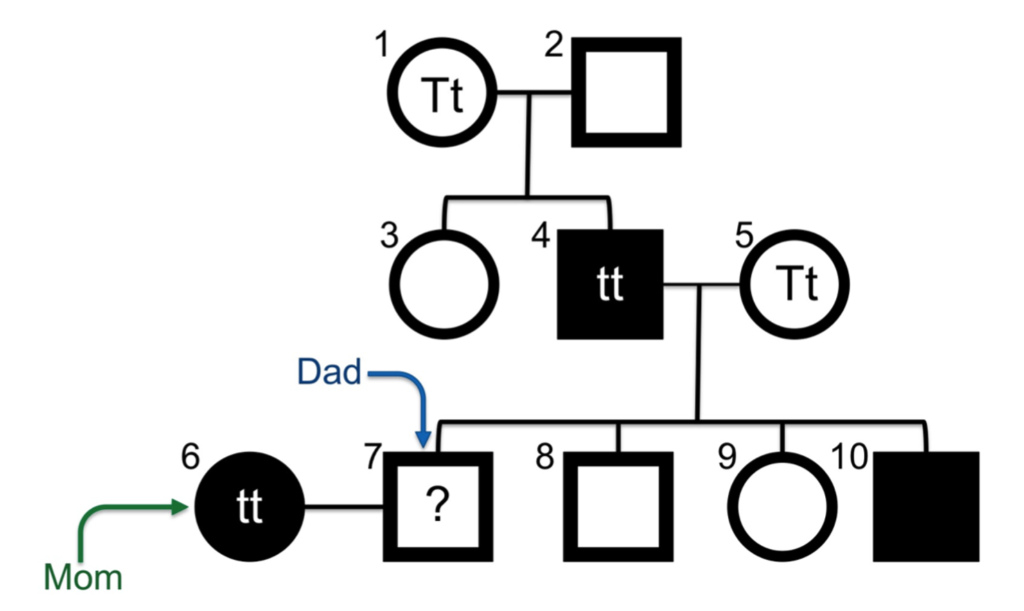
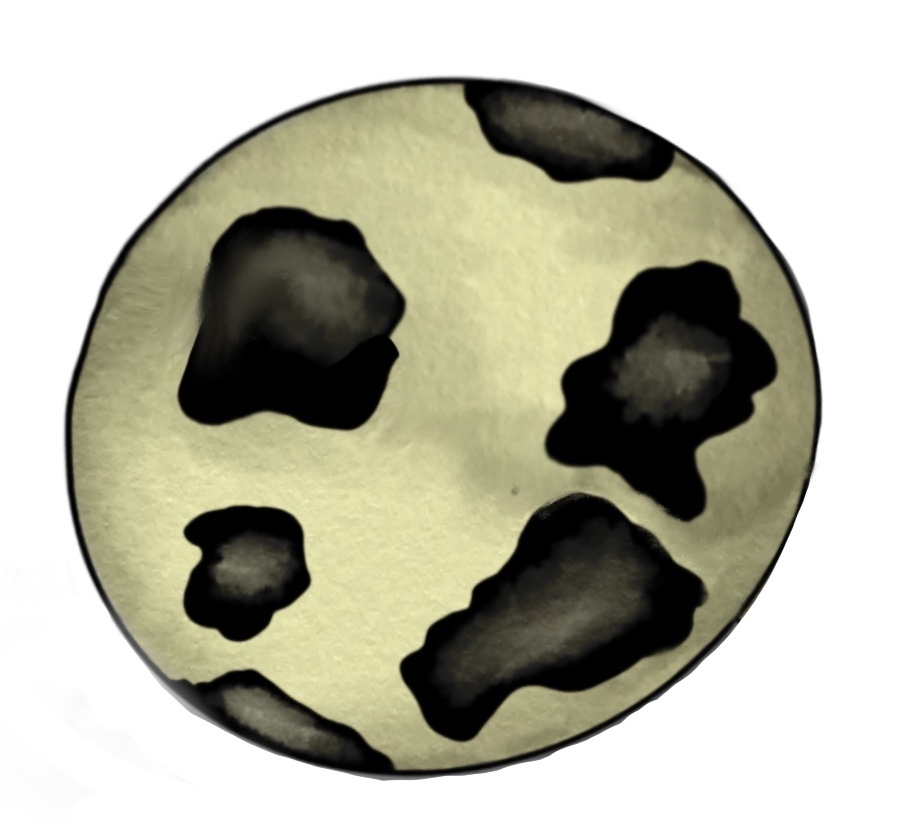
Activity: Breed a Baby Dragon!
Dragon breeders have been keeping track of dragon genetics for several generations, and we understand how many following traits are inherited. Now, it’s time to put your genetics skills to use! Follow these steps to breed your baby dragon:
Genotype

- Familiarize yourself with the inherited characters on the preceding chart
- Assume that both parents are heterozygous for all autosomal characters
- Your baby dragon will inherit two alleles for every character – one from mom and one from dad.
- To ensure that fertilization is random, you’ll flip a coin to see which allele is inherited at each locus.
- If the flip lands on HEADS, select the allele on the left
- If the flip lands on TAILS, select the allele on the right
- Keep track of the alleles in the chart in the worksheet.
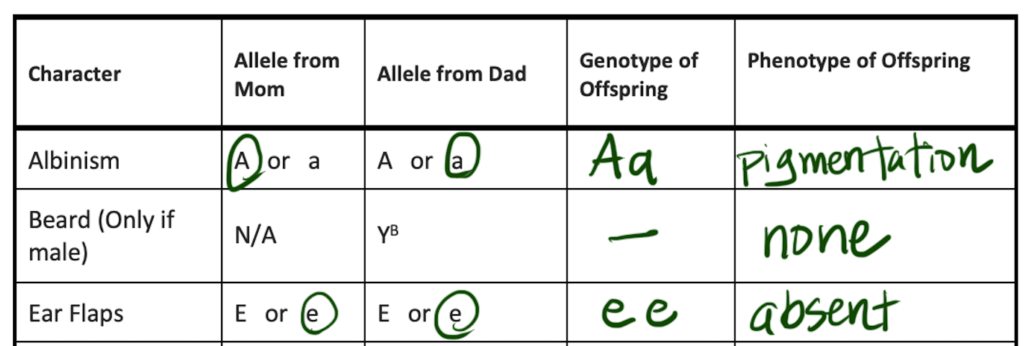
Phenotype
| Allele | Character | Possible Genotypes and Phenotypes | Sex-linked |
| A | Albinism | AA: Pigmentation present Aa: Pigmentation present aa: no pigmentation (albinism) | No |
| YB | Beard | XX: no beard XYB Beard present No alternate B allele | Yes |
| E | Ear Flaps | EE: Long external ear flaps Ee: Short external ear flaps ee: External ear flaps absent | No |
| XG | Grounded (Wingless) | XGXG: Normal wings XGXg:Normal wings XGY: Normal wings XgXg: Wings absent XgY: Wings absent | Yes |
| H | Horns | HH: Rear horns Hh: Rear and nose horns hh: Nose horn | No |
| S | Stripes | SS: Stripes present Ss: Stripes present ss: Stripes absent | No |
| T | Spots | TT: Spots absent Tt: Spots absent tt: Spots present | No |
| W | Wings | WW: Leathery wings Ww: Leathery wings ww: Feathered wings | No |
Now that you’ve randomly selected the baby dragon’s alleles, it’s time to see how your baby is going to look!
- Enter the baby’s genotype into the correct column for each character.
- Once you know the genotype, consult the character chart provided by your lab instructor to determine the phenotype your baby dragon will express for each character.
- Remember that there are a few special cases where the genotype for one character will be superseded by a gene at a different locus.
Notes to breeders:
- If albinism is present, no pigment is produced, therefore neither stripes nor spots will be present, regardless of genotype.
- For the Grounded trait, you may need to flip the coin twice to determine the allele from dad. Flip once to see if dad passes on an X (heads) or a Y (tails) chromosome. If that flip is heads, flip once more to see if dad passes on the XG (heads) or Xg (tails) allele.
- If grounded condition is present, no wings or dorsal spines are produced, regardless of genotype.
Example:

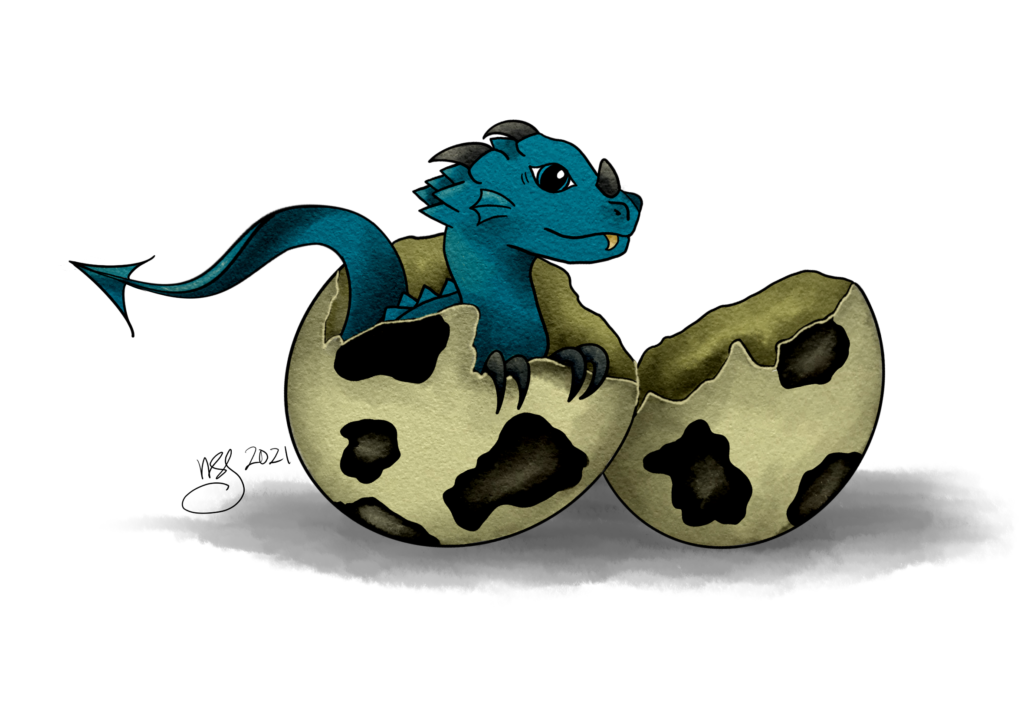
Congratulations! You’ve just successfully bred a baby dragon!
Visualize Your Dragon

Now, you will create an image of your new dragon that illustrates the correct phenotype for every character we tracked. When creating an image, feel free to use your imagination, as long as the dragon has the correct phenotypic traits. The easiest way to do this is to use Professor St. John’s online dragon generator:
https://meiker.io/play/13361/online.html
To use the generator, just click “Play” at the link above, and then customize your dragon with the options available.
- In some categories, you may choose more than one option (Markings and Head Accessories).
- You may use any combination of colors for the body, wings, and ear flaps that the dragon may have inherited, unless your dragon is albino.
- Albino dragons will be pure white with no stripes or spots even, if they inherited those traits from a parent.
- Dragons who have the grounded trait should not have wings.
- Only male dragons have beards.
Alternately, you may create your dragon in a variety of other ways. You can click and drag the sheet below onto your computer, and then color, cut and paste the necessary traits. You are also welcome to draw your dragon by hand. However you choose to create your dragon, insert it into your worksheet before uploading to the Canvas assignment.
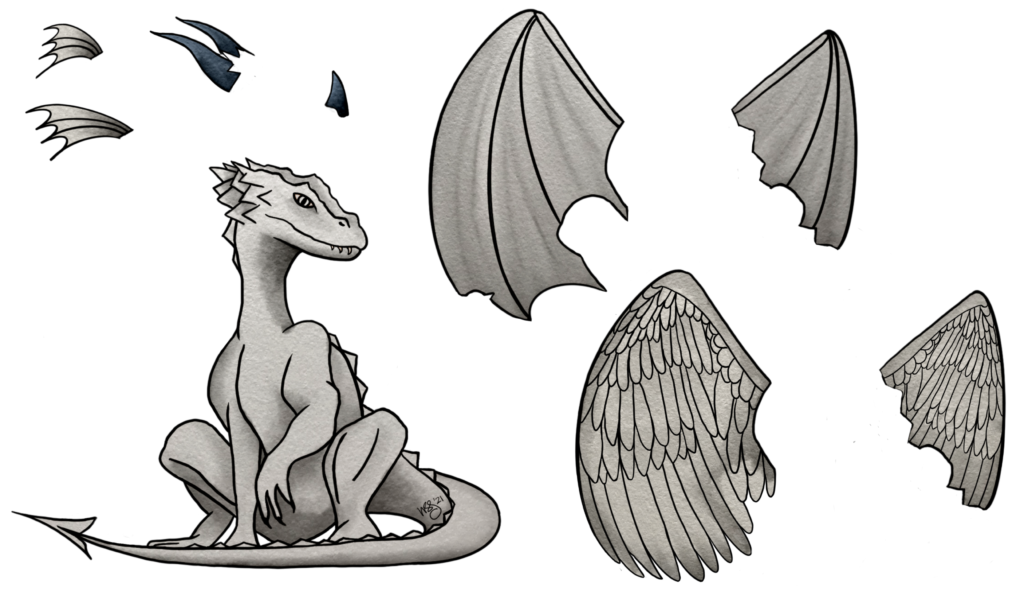
Follow-up Questions:
1. What type of dominance is exhibited by the traits for Wings (W)?
2. What type of dominance is exhibited by the traits for Ear Flaps (E)? Can two dragons with Long Ear Flaps have the different genotypes?
3. Why can only male dragons inherit a Beard?
4. Do you think the Grounded condition happens more often in male dragons, more often in female dragons, or in about equal numbers for both sexes? Please explain your answer.
5. Can two dragons with Leathery Wings have different genotypes? If so, list them.
6. Can two dragons with Spots have different genotypes? If so, list them.
7. Phenotypic traits are often influenced by environmental factors, as well as genetics. Propose a way that one of the traits we explored in this assignment might be influenced by some factor in the environment (for example, perhaps their skin pigmentation will darken with sun exposure, the way it does in humans). Name the trait and environmental influence, as well as a brief description of what you propose might happen.
Once you have completed the entire worksheet, submit as requested by your lab instructor.
